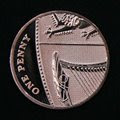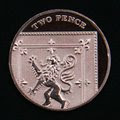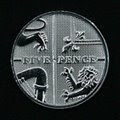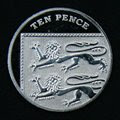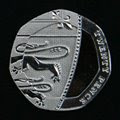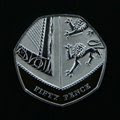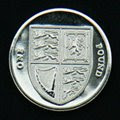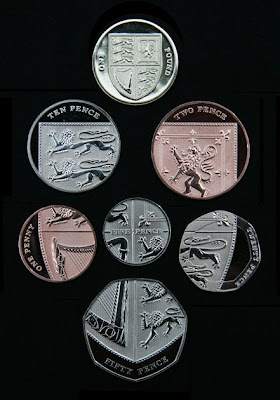 Great progress has been made, in recent years, to standardize users' online experience across various browsers. Perhaps nowhere has this trend been seen more than in the widespread standardization of CSS rendering in nearly all major browsers (including the new, more-standards-compliant Internet Explorer 7).
Great progress has been made, in recent years, to standardize users' online experience across various browsers. Perhaps nowhere has this trend been seen more than in the widespread standardization of CSS rendering in nearly all major browsers (including the new, more-standards-compliant Internet Explorer 7).The same can not be said of HTML rendering in email. Despite encouraging desktop clients such as Thunderbird and Apple Mail, the world's most popular email client, Microsoft Outlook, recently took a giant step away from standards compliance and, in the process, yanked the rug out from under web- and email-designers everywhere.
Outlook is the preferred email client for business users, representing a staggering – but not surprising – 75% of the corporate email market. And many more people are encouraged to use the email client through its bundled delivery with the Microsoft Office suite of applications. At the same time, private hosting and corporate email storage limitations and privacy policies have resulted in the increased usage of personal email accounts – Yahoo, Hotmail, AOL, Gmail, etc – for commercial marketing messages. Some email marketers have reported that as few as 5% of their recipients access their email through Outlook or similar client applications.
 Older versions of Outlook used a combination of Microsoft Word to format outgoing HTML emails and Internet Explorer to visualize incoming messages. Outlook 2007, however, does away with Internet Explorer as its HTML rendering application. Instead, it relies on Word for composing and rendering HTML emails. The result is an email client with very limited support for HTML and CSS – a dramatic step backward from the web standards for HTML and CSS coding and visualization.
Older versions of Outlook used a combination of Microsoft Word to format outgoing HTML emails and Internet Explorer to visualize incoming messages. Outlook 2007, however, does away with Internet Explorer as its HTML rendering application. Instead, it relies on Word for composing and rendering HTML emails. The result is an email client with very limited support for HTML and CSS – a dramatic step backward from the web standards for HTML and CSS coding and visualization.Many designers will already be familiar with the limitations imposed by Word's handling of HTML. That professional HTML coding programs have default features designed to clean up and correct Word's code should serve as adequate warning for the rest.
Testing on various coding components reveal that Outlook 2007 does not support:
- Background Images
- Cascading Style Sheets (CSS), embedded or linked. All styles must be coded, at each instance of the styled text, into SPAN or FONT tags in the body of the email
- CSS positioning or floats
- Flash, or other plug-ins
- Forms
- Replacing bullets with images
- Alt tags
- Animated GIFs. The first frame is loaded but the animation does not advance.
- Frames
- Applets
- Rowspan attributes in tables
- Colspan attributes in tables
Regardless of the number of web-based email recipients, email designers will have to consider Outlook 2007's new requirements when creating their pieces. This effectively means that they will have to code for another – fundamentally inferior – rendering engine at a time when nearly all other browsers and email clients are falling in line.
The net result, of creatives, is a reminder to test your creative prior to sending a mail campaign – we can no longer rely on a browser-based test to prove an email's fidelity across clients and platforms. You may want to use Microsoft's tool to tell you which parts of your HTML emails need to be replaced. And you'll certainly want to giving your Outlook-based readers an easy way to switch to text-only email. FB

